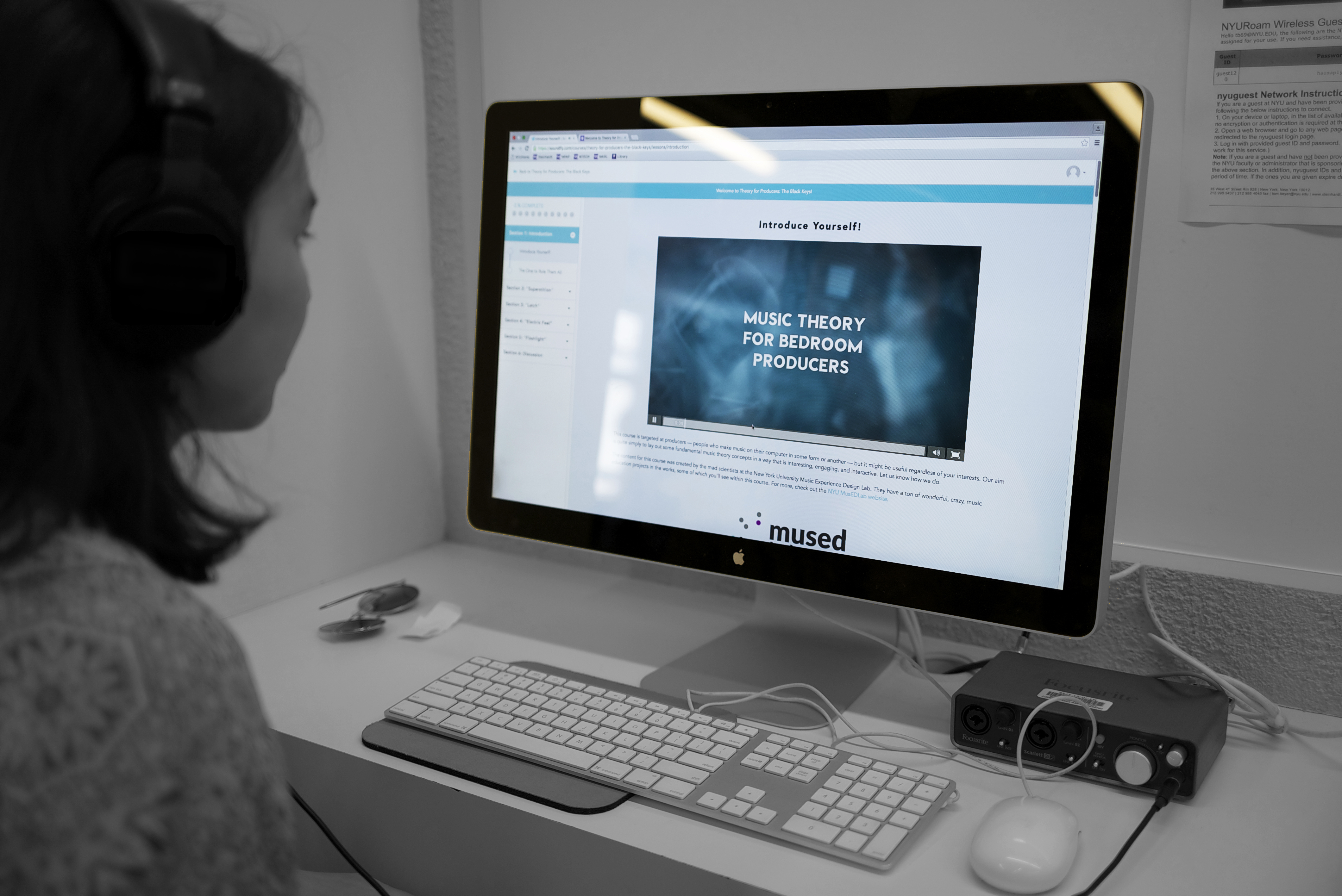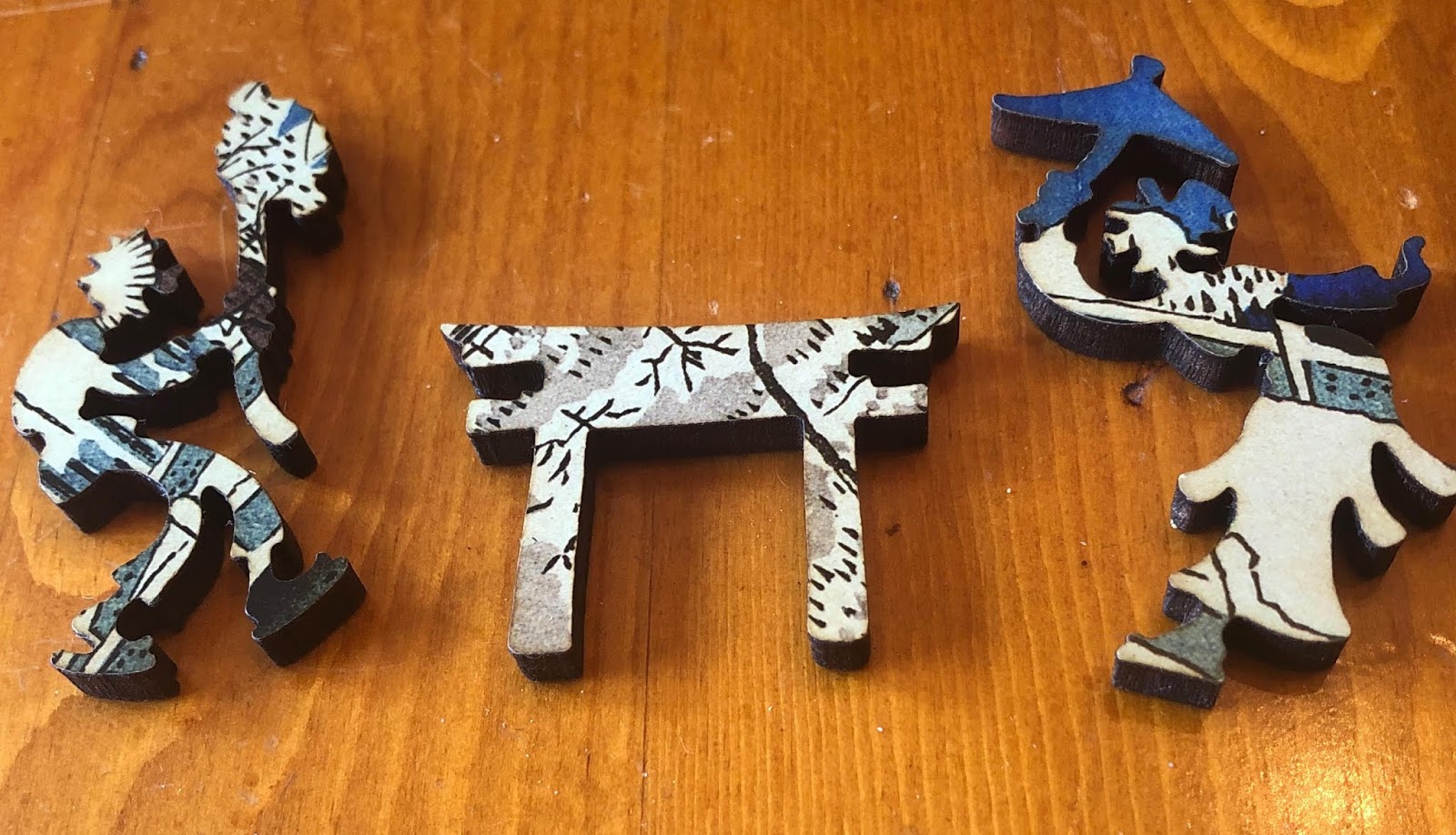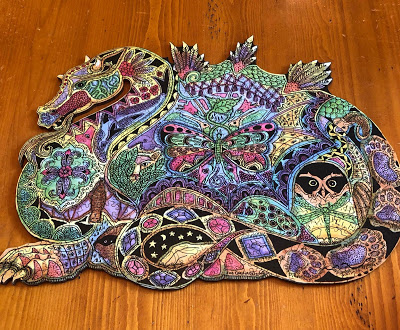
+ Welcome to Soundfly! We help curious musicians meet their goals with creative online courses. Whatever you want to learn, whenever you need to learn it. Subscribe now to start learning on the ’Fly.
Have you ever tried to put a jigsaw puzzle together with the pieces turned upside down? My guess is your answer is something along the lines of, “No, why on Earth would I do that?”
Good response. Why would anyone even think to do that?
Perhaps to make a really important point? Many musicians, especially young musicians, read music in a way that’s similar to trying to put a puzzle together upside down. It doesn’t matter if they’re sight-reading or if they’ve been working at a piece for weeks, many view the music in a way that in my opinion severely limits the ease at which they can process the music, and inhibits their ability to interpret it in a musical way.
Let’s go back to looking at puzzles.
If you happen to have a puzzle lying around, pull it out and give my challenge a try. Turn all the pieces over so all the backs of the pieces are what you’re looking at it and see how you fare. What do you have at your disposal to figure out which pieces go together?
All you have to go on is whether the piece is an edge piece or an inner piece, and what type of connectors the pieces have — let’s say they’re usually innies and outies, or female and male. (I won’t go into the details of which are which. If you’re reading this blog I’m pretty sure you can figure it out.)
That’s really not a lot to go on, so in order to put together the puzzle we end up having to resort to a lot of trial and error. And if you’re not good at finding a method to keep track of what combinations you’ve already tried this process can be very time consuming, uninspiring, frustrating, and downright painful.
All right, so let’s flip those pieces over and try again.
Ahhhh… now we have more to go on! We’ve got the shapes of the puzzle pieces, the colors and patterns, and knowledge of what the puzzle’s picture as a whole will be. With all these extra clues, we get more strategies to use too. You can put the edge together first, using color, pattern, and shape to help; you can focus on trying to find pieces that create specific items in the picture; you can put together pieces that all have a similar graphic pattern or color.
Strategies bring successes. Success brings a completed puzzle. A completed puzzle brings a sense of accomplishment. Now we’re having fun and wanting to do another someday.
How we process notes on a page of music is similar to how we process puzzle pieces. If we see all those notes as individual notes that are differentiated only by specific letter names it’s like looking at those puzzle pieces turned upside down. The end result is that it’s much more difficult to see how the pieces relate to one another and work together to create a larger picture, or part of a picture.
+ Learn production, composition, songwriting, theory, arranging, mixing, and more — whenever you want and wherever you are. Subscribe for unlimited access!

If instead we look for patterns in our music, if we consistently look for interesting clues, we’ll find that music learning is not only easier, but also more musical because those same patterns and clues can naturally lead us into the world of musical interpretation. Each time I look at a puzzle piece, whether it’s an actual puzzle or to a piece of music, I see new clues, new patterns, or new colors.
With each new discovery comes a burst of excitement and inspiration. And as pieces start to fit together my understanding of what I’m creating becomes clearer, making me even more motivated to complete the puzzle and to share the bigger picture with others. It’s fun. It’s interesting. It’s creative. It’s one of the many reasons why I love learning music.
Now I have to take a moment to admit that sometimes puzzling can be a struggle, usually because of the puzzle itself. I will never forget the day my dear husband, early in our marriage, brought one home that made me quickly want to embrace gardening instead. It was a puzzle of hundreds, maybe thousands of penguins standing on an iceberg in a snowstorm. It was basically like trying to do one of those upside-down puzzles although at least I did have more than one color to go on – I had two: black and white.
If I wasn’t such a stubborn person, I would have given up early in the game but instead I decided to approach it like I do music. I tackled it in small chunks of time and started looking for as many clues as I could. I quickly came to realize that the puzzle wasn’t just black and white; it actually had many shades of both of those colors. As soon as I realized that, it became much easier to finish it.
That’s not to say it was as fun as other puzzles I’ve done but still, it got done and I learned something in the process. That’s what mattered. Thankfully most of the puzzles I do and music I learn are not penguins standing on icebergs but are instead endlessly exciting and interesting.
On an ending note, a plug for my favorite puzzle-making company of all time, Liberty Puzzles.

Made out of thick laser-cut plywood in beautiful Boulder, Colorado, their puzzles are the most exquisite, delightful puzzles you will ever put together. They are also unique in that their piece shapes are not like the ones in your grandmother’s puzzle cabinet. In fact with Liberty Puzzles it’s pretty rare to be able to distinguish edge pieces from inner pieces – they are all completely unique. To add to the fun they include what are known as whimsy pieces, which are pieces in the shape of something; a person, bird, dragon. It makes putting together these puzzles a different kind of challenge that is well worth it!

With that little infomercial over (not paid for by the company but out of my deep respect for them), happy puzzling, everyone!
Whether it’s a jigsaw puzzle or a musical one, remember to keep looking and use your eyeballs and your brain. The big picture is sure to come together more easily that way.
Want to get all of Soundfly’s premium online courses for a low monthly cost?
Subscribe to get unlimited access to all of our course content, an invitation to join our members-only Slack community forum, exclusive perks from partner brands, and massive discounts on personalized mentor sessions for guided learning. Learn what you want, whenever you want, with total freedom.
—
 Erica Sipes has spent most of her musical time as a piano collaborator, playing with and coaching musicians who play just about every instrument. Her passion is helping musicians at all stages discover how to approach music, practicing, and performing in a way that leaves them empowered to make their own musical decisions, encouraged, and excited to share their talents with others.
Erica Sipes has spent most of her musical time as a piano collaborator, playing with and coaching musicians who play just about every instrument. Her passion is helping musicians at all stages discover how to approach music, practicing, and performing in a way that leaves them empowered to make their own musical decisions, encouraged, and excited to share their talents with others.




